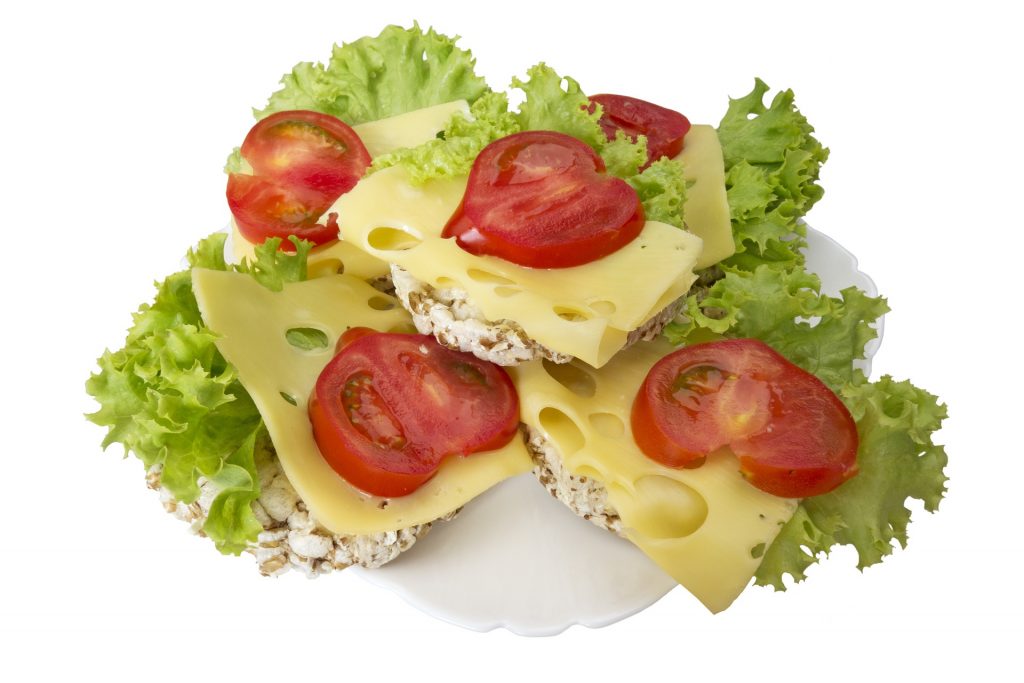What is Poland’s favorite sandwich? Posted by Kasia on Jan 31, 2019 in Culture
Every country has a favorite sandwich! And is Poland’s favorite sandwich kanapka or zapiekanka?
Foreigners are often taken aback by Polish “kanapki”(plural from kanapka). These open sandwiches we eat at every possible mealtime leave the “filling on top”, unlike in so-called “normal” sandwiches.
Kanapki (from the French word “canapés”) appeared in Poland at the end of the 19th century thanks to French cuisine. Smaller open sandwiches, or canapés, were actually called “tartinki”. The names have a certain irony here though, as “tartines” in France are actually large open sandwiches, while, as everybody knows, canapés are bite-sized. Today they are associated with preparing meals in a hurry, but canapés used to demand cooking skills. The uncrowned queen of 19th-century Polish cuisine, Lucyna Ćwierciakiewiczowa, emphasised that preparing canapés was not an easy thing, because to serve them properly, you needed specific knowledge of many things and the ability to apply it.
Canapés were made with slightly stale white bread, because fresh bread was hard to slice and would crumble. Cooks would cut mini slices and lop off the crust. Butter was a necessity and was to be fresh, not too hard, and quick and easy to spread. Although Poles still like flavoured butter today (such as garlic or herbs, while restaurant chefs often experiment with smoked or mushroom butters), before 1939 the most popular were flavoured with anchovy and crayfish, both of which are rare nowadays due to the lack of easy access to the ingredients.
Equally important when making canapés were good quality products used to decorate the top. They had to be fresh, delicate, tasty and very thin-sliced. To improve the overall effect, cooks used time-consuming tricks. For example, hard-boiled eggs were separated into yolk and white then each put through a strainer.
After 1945, the Polish word for canapé “tartinka” was replaced by the polonised “kanapka”. Its size increased and its role changed: it became a dish instead of an appetizer. It had evolved into the open sandwich.
Poles put all kinds of different things on kanapki: cold cuts, butter, cheese, vegetables, sauces, pickles, eggs…
There is, of course, the mighty zapiekanka still representing the modern open sandwich. Zapiekanka originated in Poland the 70’s as a fast, cheap lunch for workers. The standard offering was a warm baguette half topped with butter, mushrooms, cheese, and ketchup. Interest in the staple fell when the Berlin Wall did, but it’s now regained popularity with nightclub goers with late night cravings.
I love both kanapki and zapiekanki! You can make them your own way, just the way you like it! And you can see what you eat (no breat on the top!). Yum!

Build vocabulary, practice pronunciation, and more with Transparent Language Online. Available anytime, anywhere, on any device.






Comments:
Maryann:
Hi Kasia, I’m in MA. So great your daughters speak the language!
Kim E:
Thank you for writing this blog. I especially enjoy when you write about Polish food and holidays. Stay warm.